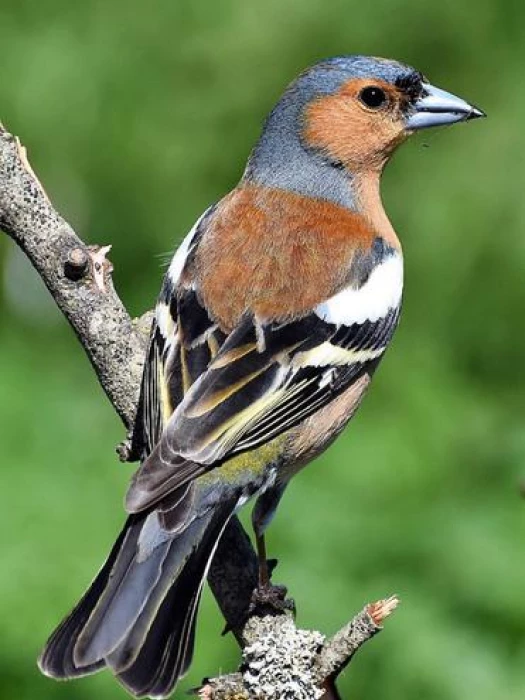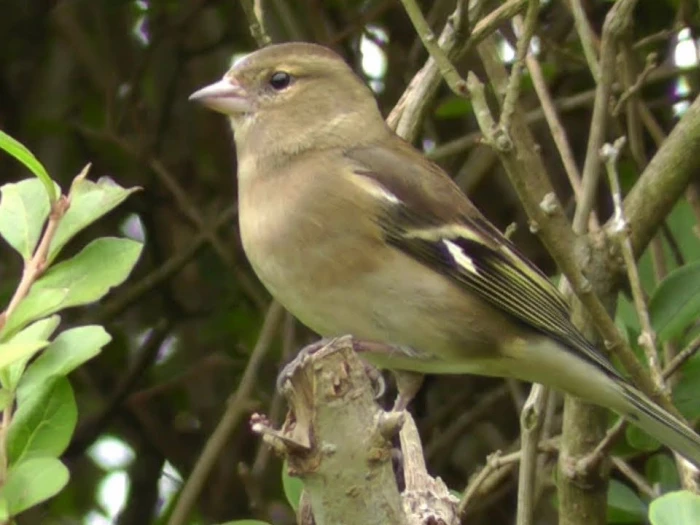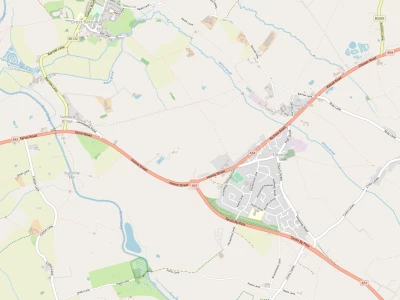Birds in Tarvin Woodland
The Chaffinch.
(Fringilla coelebs)
Click this link to hear the birdsong while you read this article Chaffinch Song
With a bill characteristic of seed-eaters, the Chaffinch is very clearly a member of the finch family. The 'chaffinch' name was possibly given because of the way that they foraged for food as farmers threshed their crops in olden times. The harvested wheat would be lifted up into the air to catch the wind, which would then blow away the lighter chaff, allowing the heavier edible grains to fall onto the threshing floor, a large flat surface from which they could be collected. Chaffinches would sometimes spend weeks picking through the heaps of discarded chaff for the few pieces of grain that still remained. They seldom take food directly from plants and only very rarely use their feet for handling food. They do not favour bird feeders themselves, instead preferring to forage on the ground beneath a feeding station. They are very adaptable – as well as seeds, their natural food includes fruit, buds and shoots, insects, spiders, earthworms and snails' eggs! It is not uncommon to find chaffinches foraging in open country in large flocks. It is during the breeding season that their diet switches to invertebrates, especially the caterpillars that are busy defoliating trees as they munch their way through all the new leaves! They forage in trees and also occasionally make short sallies to catch insects in the air. The young are entirely fed with invertebrates (presumably to provide a high-protein diet) and this might include (as well as caterpillars) aphids, earwigs, spiders and grubs.
Common chaffinches are colourful little birds. The male is brightly coloured with a blue-grey cap and rust-red underparts, while the female is rather more subdued in colouring, but both sexes have two contrasting white wing bars and white sides to the tail, so that both males and females give a splash of colour as they fly by. Chaffinches usually first breed when they are 1 year old, with the male attracting a female to his territory by means of his song. They are mainly monogamous and the pair-bond will sometimes persist from one year to the next. Nests are built entirely by the female and are usually located in the fork of a bush or a tree several metres above the ground. The nest has a deep cup and is lined with a layer of thin roots and feathers. The outside is covered with a layer of lichen and spider silk over an inner layer of moss and grass. The eggs are laid in early morning, most often between late April and mid-June, at daily intervals until the clutch is complete at typically 4-5 eggs. The chicks hatch nearly naked with closed eyes, and are fed by both parents, mainly on caterpillars, for around six days. Most of the feeding is done by the female, who also broods them. The nestlings fledge 11-18 days after hatching and the young birds are then assisted with feeding by both parents for a further three weeks. The parents only very rarely start a second brood, but when they do so it is always in a new nest.
The chaffinch was once popular as a caged songbird, but this was at a time when large numbers of wild birds were trapped and sold. By the end of the 19th century, trapping had even depleted the number of birds in London parks! However, in Great Britain, the practice of keeping common chaffinches as pets declined after the trapping of wild birds was outlawed by the Wild Birds Protection Acts of 1880 to 1896. Now we prefer to watch them as they scour the garden for food – especially under the bird feeders!
Quick Links
Get In Touch
TarvinOnline is powered by our active community.
Please send us your news and views.

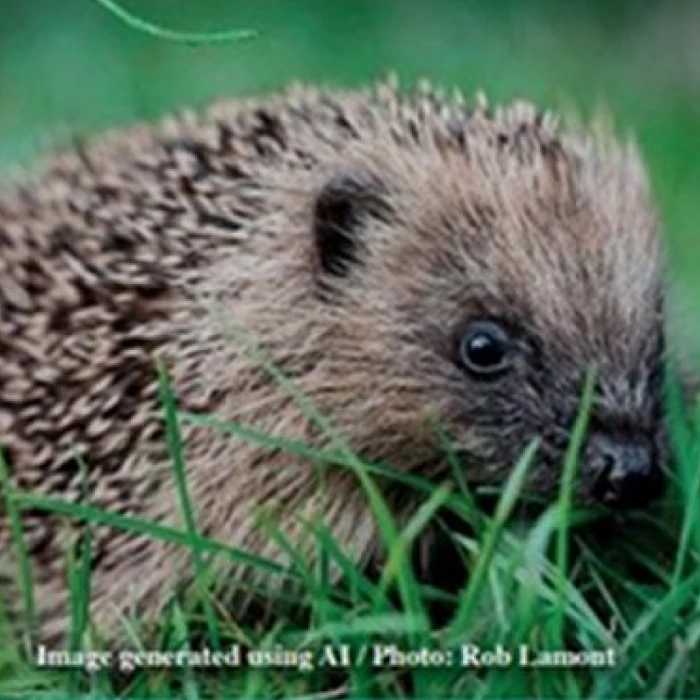
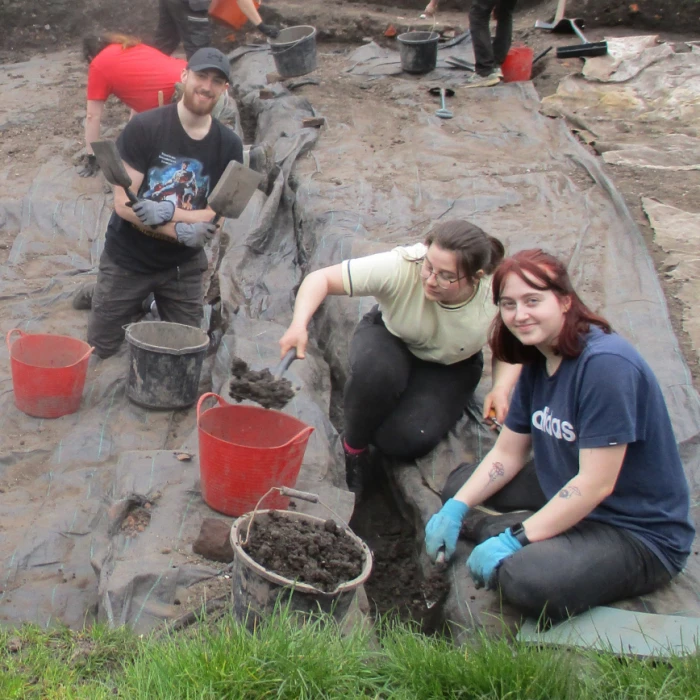

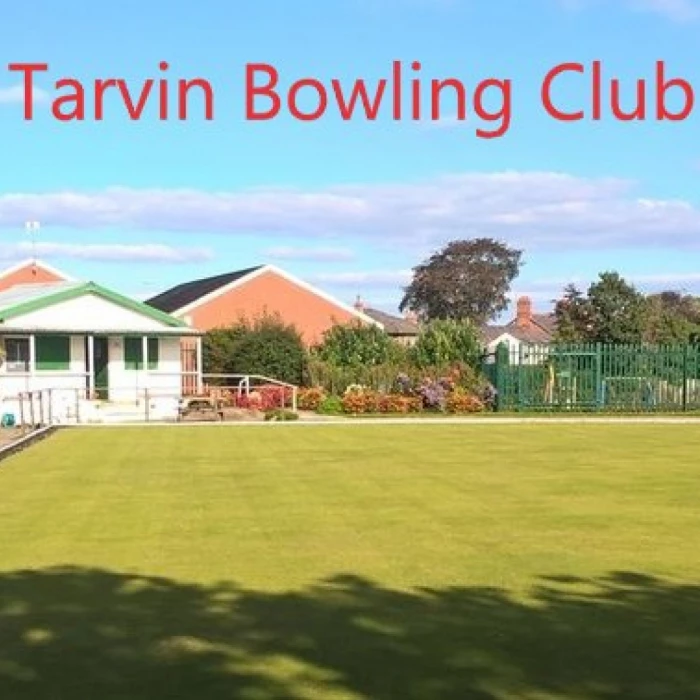
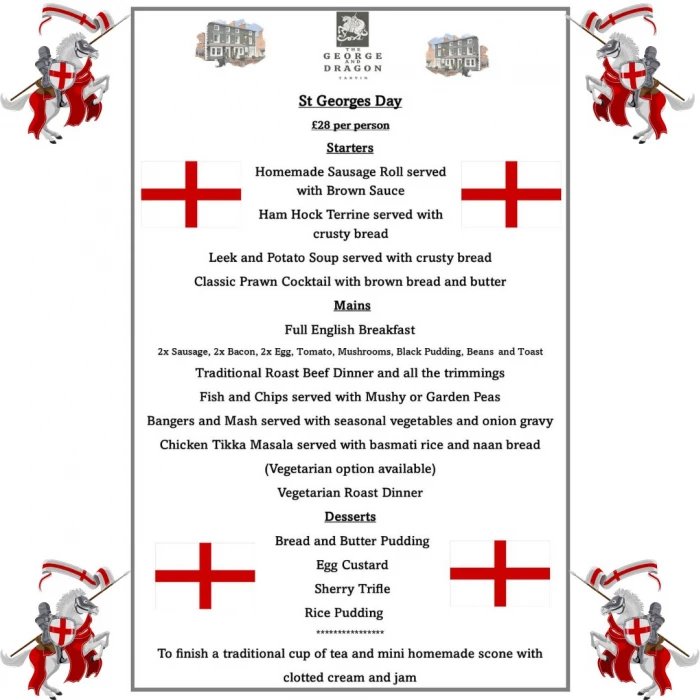
![TWT Plant Sale 2023 ba890fe3-5f67-4cbf-896e-5fdc0bdca5ee[374045]](https://l5.tm-web-01.co.uk/lib/bn8-Q752422.webp)
